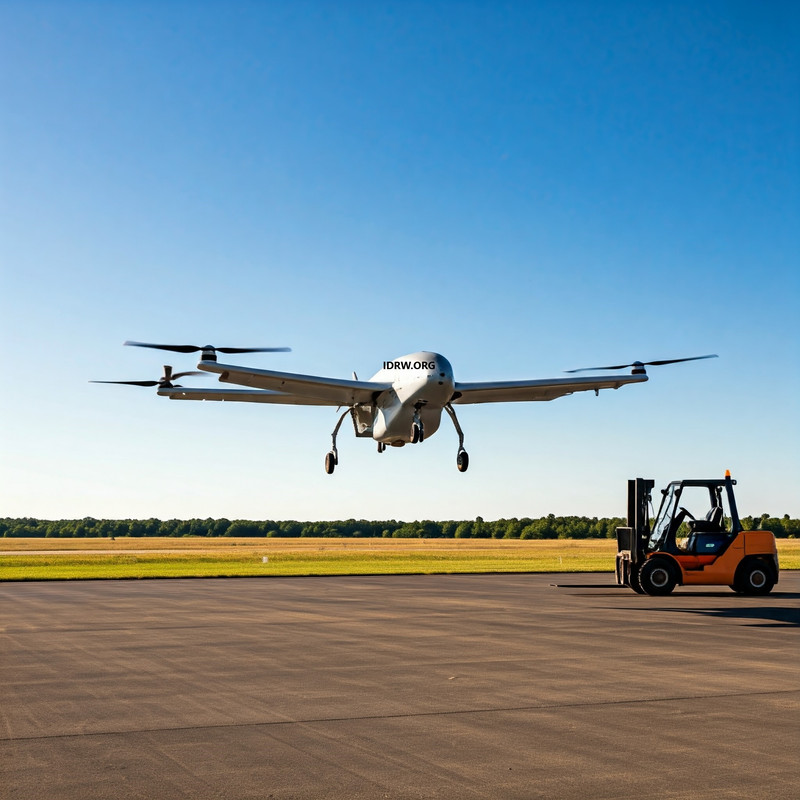SOURCE: RAUNAK KUNDE / NEWS BEAT / IDRW.ORG


The Indian Army is keen on expanding its fleet of cargo-carrying unmanned aerial vehicles (UAVs), currently capable of handling payloads ranging from 5kg to 250kg, by introducing much larger UAVs with significantly enhanced lifting capacities. The Army has initiated discussions with several key UAV manufacturers in India, exploring the development of UAVs capable of transporting 1-2 tons of cargo. These UAVs will be instrumental in delivering supplies to remote and difficult-to-access regions, especially in areas where adverse weather conditions make traditional cargo transportation by manned aircraft risky.
The current fleet of cargo-carrying UAVs has been highly effective in transporting light loads, and supporting military operations by ensuring timely delivery of essential supplies in difficult terrains and high-altitude areas. However, with the Army’s increasing logistical demands in remote regions, such as along the Himalayan border, there is an urgent need for UAVs with higher payload capacities. The Army is particularly interested in UAVs capable of carrying 1-2 tons of cargo, significantly increasing operational efficiency and reducing the need for manned helicopters in hazardous conditions.
While manned helicopters have long been used for transporting heavy cargo, they are often constrained by poor weather conditions, high operational costs, and the inherent risks associated with flying in remote and treacherous environments. Furthermore, existing manned platforms are limited in their ability to carry payloads in the tonnage range. A cargo-carrying UAV, functioning like a helicopter, would provide the Indian Army with the flexibility and capability to transport large quantities of essential supplies, including ammunition, medical equipment, food, and even construction materials, to troops stationed in inaccessible areas.
One of the major advantages of these cargo-carrying UAVs is their ability to operate in all weather conditions, including high altitudes, dense fog, and low-visibility environments, making them highly suitable for deployment in border areas like Ladakh, Sikkim, and Arunachal Pradesh. In these regions, road access can be limited or even non-existent due to landslides, avalanches, or other natural obstacles, creating a critical need for reliable aerial resupply capabilities.
Moreover, the larger UAVs will play a crucial role in rapid-response missions, enabling the Army to quickly transport critical supplies during times of natural disasters, humanitarian missions, or active military engagements. This is especially important given the Indian Army’s ongoing modernization drive, which aims to leverage cutting-edge technologies to improve logistical support and combat readiness.
NOTE : Article cannot be reproduced without written permission of idrw.org in any form even for YouTube Videos to avoid Copy right strikes. Websites doing illegal reproductions will get DMCA and Legal Notices.